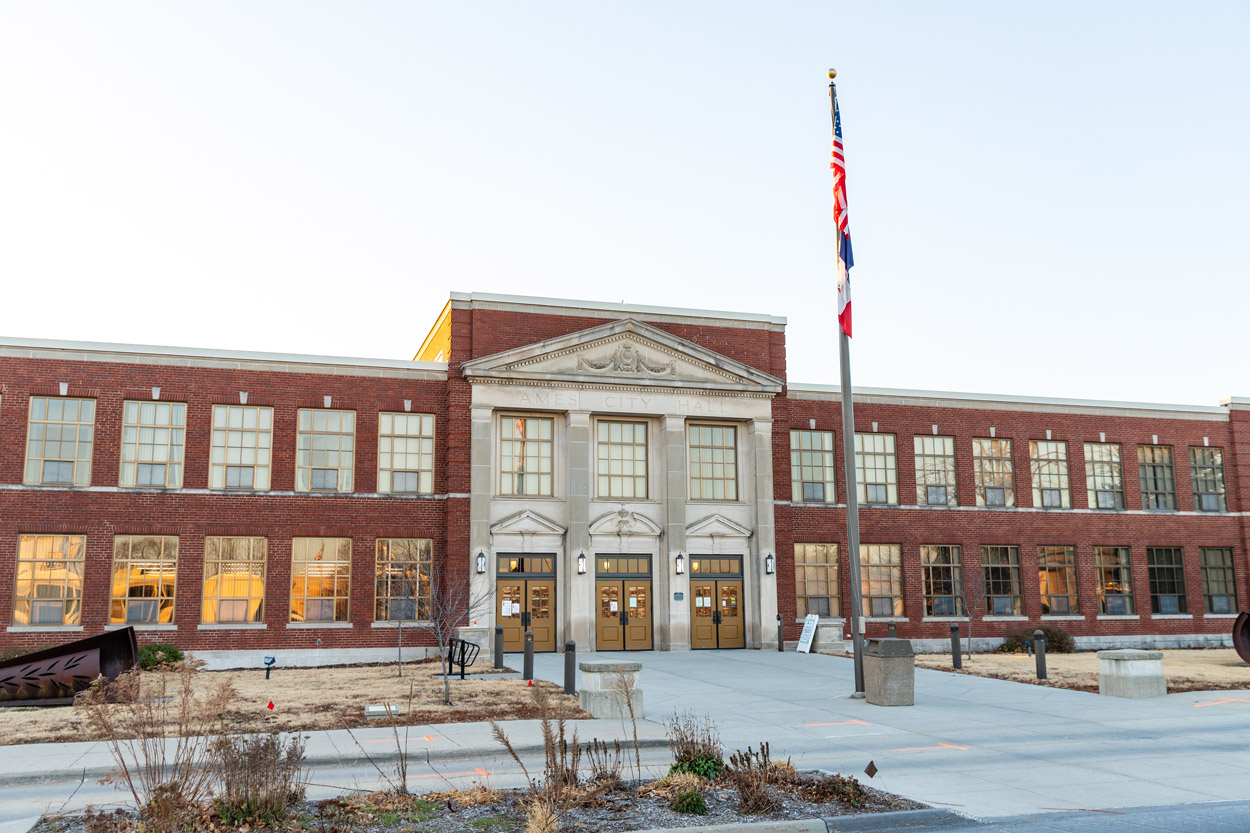As difficult as it’s been for societies across the globe, the pandemic has provided a generational opportunity for governments to escalate their infrastructure spending. We asked senior decision-makers at two local governments in the United States – City of Ames’ Tracy Peterson and City of Golden’s Jeff Hansen – how they plan to spend the stimulus investment to benefit their communities.
Governments see infrastructure spending as a powerful way to stimulate their economies following the pandemic. Using public funds to create worthwhile assets is good for keeping people employed, providing increased sharemarket value and supporting the wellbeing of communities.
As well as providing a sugar-hit for struggling economies, infrastructure investment has a beneficial long-term impact. A 2014 study by the International Monetary Fund found an increase in capital spending of 1 per cent of GDP leads to a 0.4 per cent uplift in output in the same year and a 1.5 per cent rise four years later.
Last June, the UK Government announced its National Infrastructure and Construction Procurement Pipeline, which forecast up to £37 billion [$68 billion] of planned procurements in 2020-21 across more than 260 projects. In its Federal Budget, the Australian Government announced commitments of $15.2 billion over 10 years for road, rail and community infrastructure projects as part of its stimulus measures to support employment in the post-pandemic economy. It estimates it will spend $110 billion on infrastructure over the next decade.
In May, the US Treasury announced Coronavirus State and Local Fiscal Recovery Funds to provide a whopping US$350 billion [$465 billion] in emergency funding for eligible state, local, territorial and tribal governments. Established through the American Rescue Plan Act (ARPA), two specific priorities of the funding initiative were “investing in water and sewer infrastructure” and “investing in broadband infrastructure”.
One of the positive things about infrastructure spending is the impact it has on local economies and communities. State and local governments see opportunities to invest in critical infrastructure such as roads, rail, IT and water and sewage systems that might otherwise have taken years to roll out.
Investing in road and water systems
Tracy Peterson, who is Municipal Engineer for the City of Ames in Iowa in the US, says one of the top priorities of any stimulus investment is replacing 100-year-old cast iron water mains throughout the community.


“Through our capital improvements budget, we spend about $1.3 million annually on the construction of new pipes and fire hydrants as part of the water system,” says Peterson. “We prioritise these improvements based on upcoming street reconstruction projects, high-maintenance areas – where there are water main breaks – and water quality issues.
“While we’re making progress, we still have over 10 miles [16 kilometres] of aged water mains active in our system. This stimulus investment will enable us to make significant improvements toward eliminating these old water mains.”
Peterson says the water mains project would cost US$30 million, with lead service replacements adding a further US$2 million. But the upgraded pipes would not just provide the Ames community with better fire-fighting flows, its residents would enjoy healthier and better-tasting drinking water.
If she has more budget to spend, Peterson’s next priority would be to improve Ames’ roads and footpaths. “Stimulus funds focused on transportation enables residential and local street pavements to be reconstructed while also infilling sidewalks within those neighbourhoods to improve connectivity,” she says.
Overhauling the road system would also give Ames’ engineers the chance to improve the city’s storm sewer drainage system beneath the streets and footpaths, says Peterson.
Competing infrastructure priorities
Improving the road network is also top of mind for Jeff Hansen, who is Finance Director at the City of Golden in Colorado, US. With his City’s stimulus funds, Hansen would look closely at improving Golden’s road system and extending its fibre network to provide better broadband coverage.

“Dealing with transportation issues – especially commuter traffic travelling through Golden to Denver – has been a priority for years,” says Hansen. “The City recently completed a grade-separated interchange at Highway 6 and 19th Street. Completing a similar interchange at Highway 6 and Heritage Road is the next project along the corridor to help solve this issue.
“On the other hand, the impacts of the pandemic – with more people working from home and kids attending school remotely – has made broadband a high priority in Golden and across the country.”
Hansen says both projects are necessary but it’s difficult to prioritise one over the other. “Council will have more conversations about this as we work through our 2022 budget process,” he says. “It also discussed issues related to homelessness and affordable housing as potential uses for our ARPA funds allocation.”














